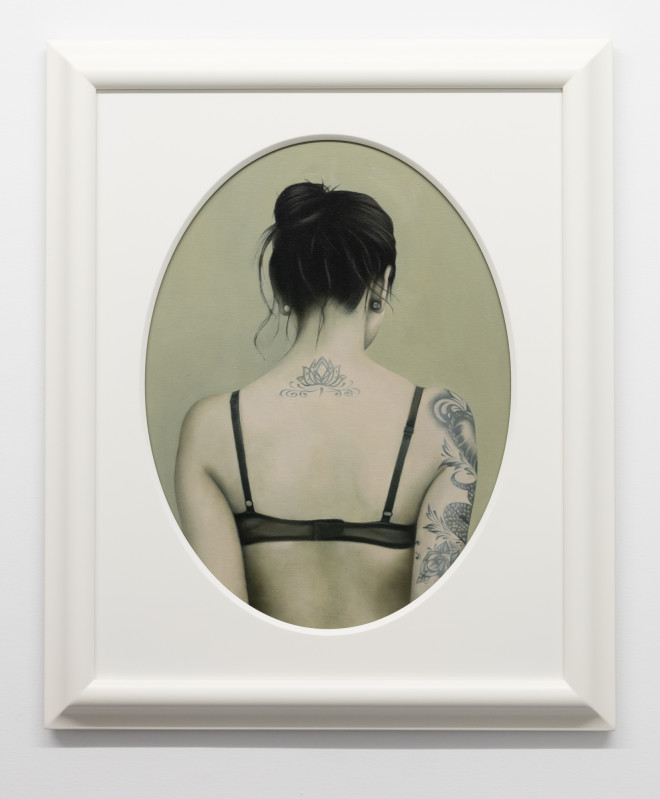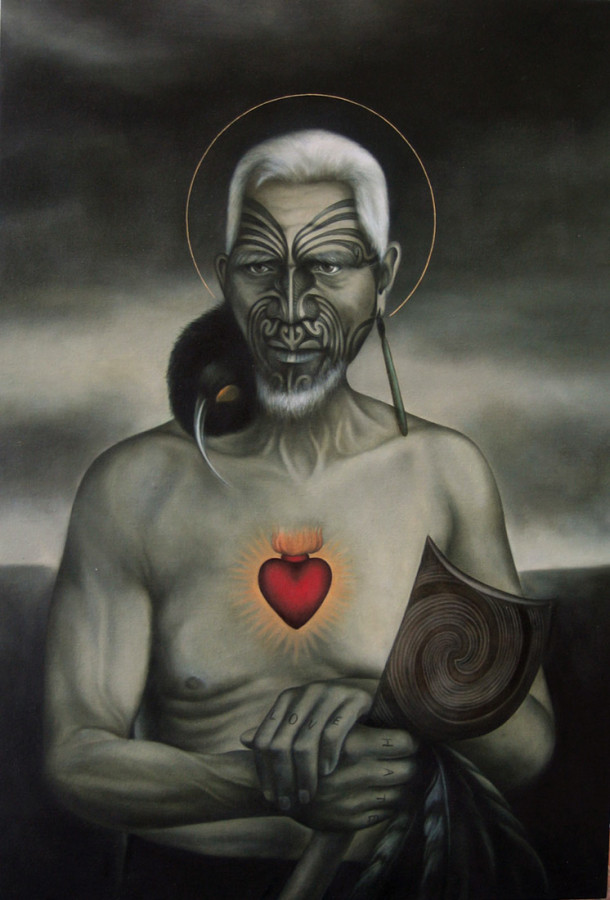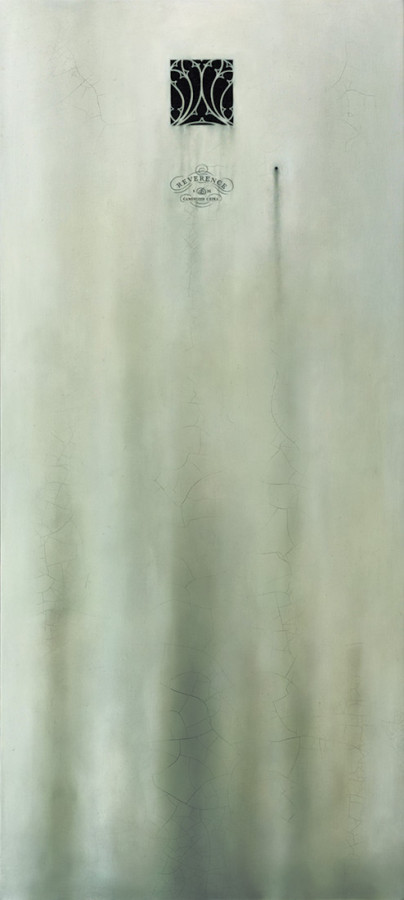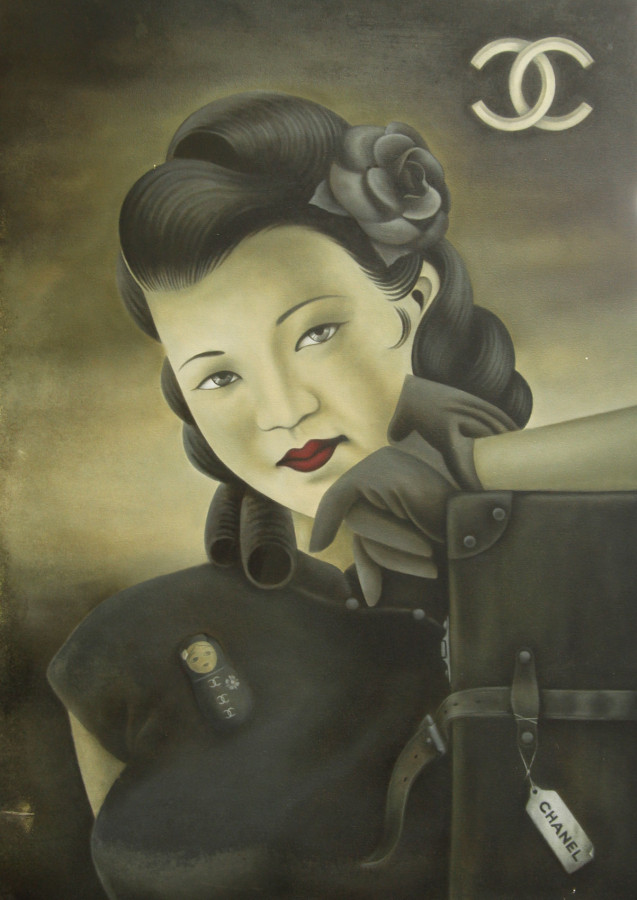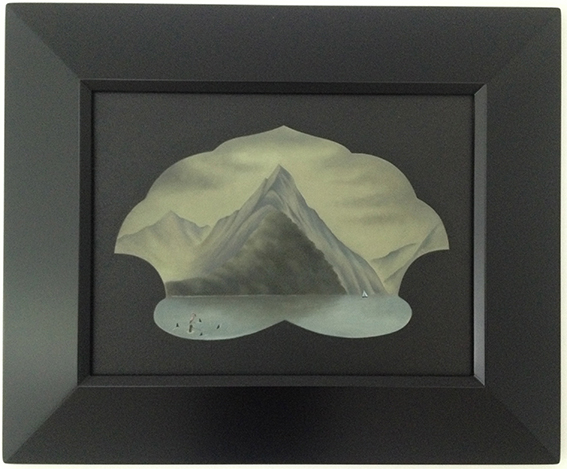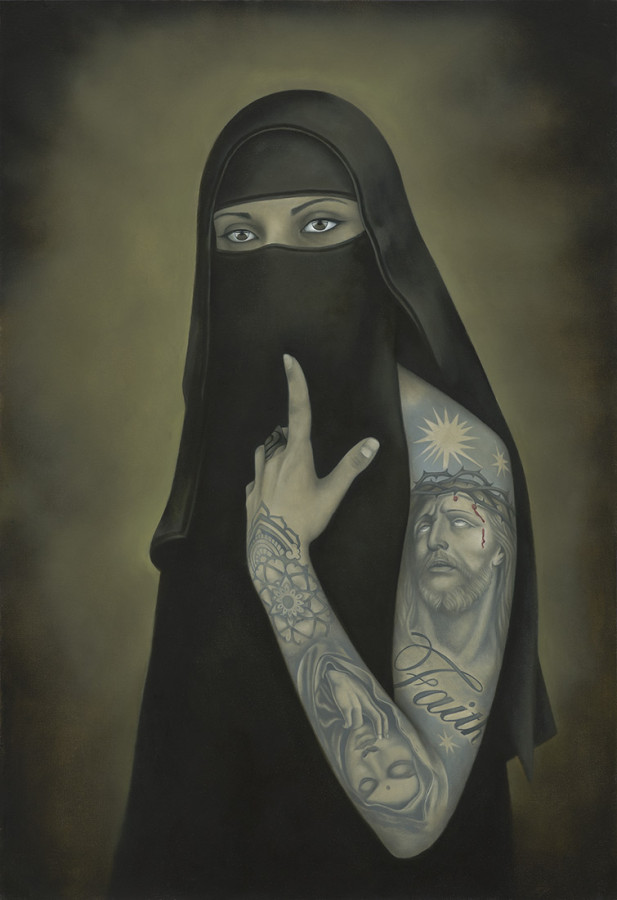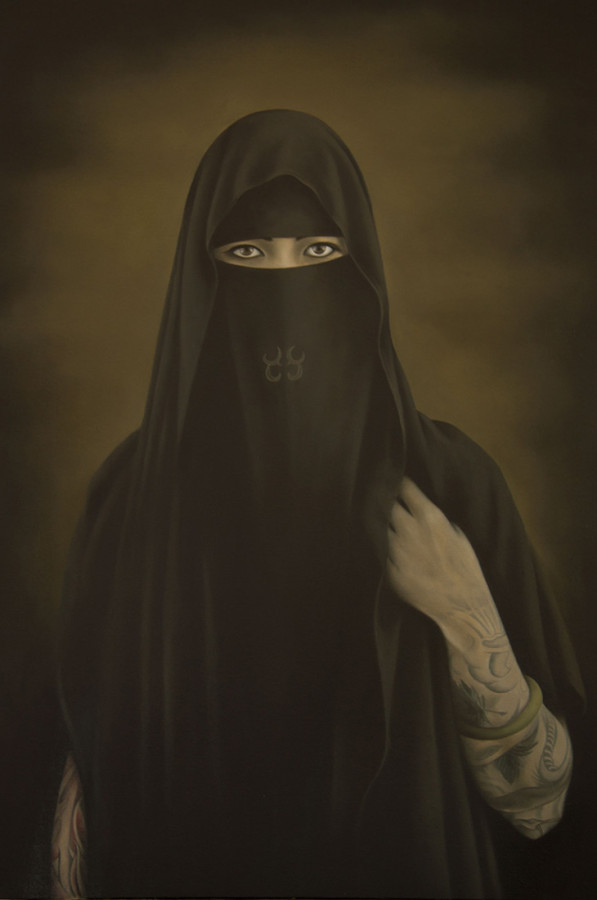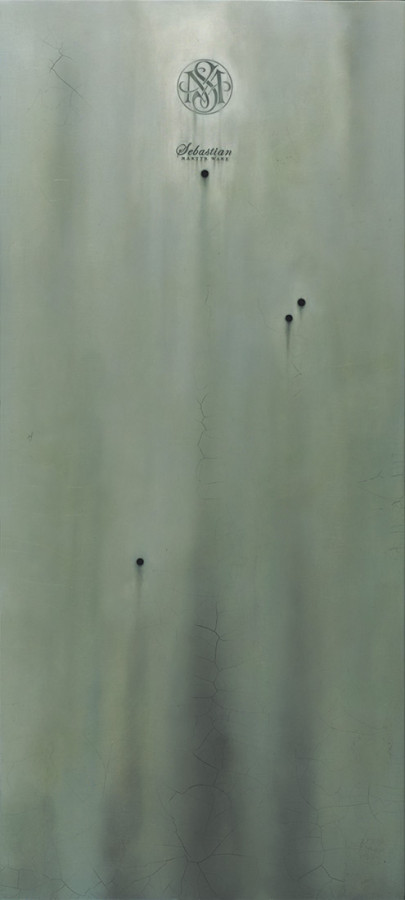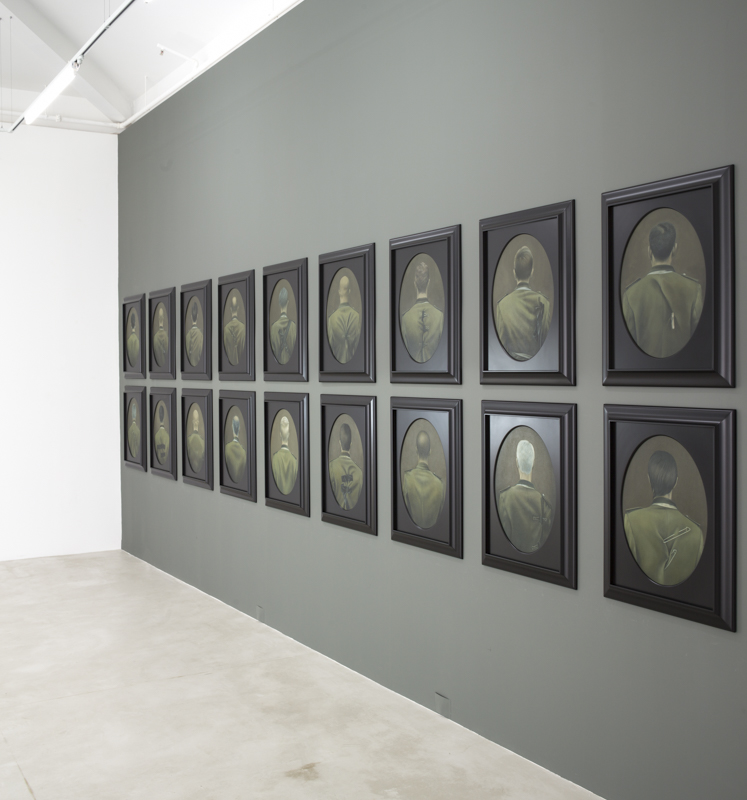Heather Straka’s deep explorations into perceptions of socio-political and cultural lives have created a significant body of compelling and controversial work in painting and photography. Always prescient, the wittily observant Straka surfs the cultural pulse of contentious matters, deftly questioning tradition, challenging the politically correct, and subverting stereotypes.
Her Maori Chiefs series of adjusted portraits by Victorian artists, adorned with religious, political and cross-cultural references, caused some outrage in New Zealand. Straka engages with such debate as a meaningful part of her practice. Her Asian Girl series slyly referenced western perceptions of art, authenticity and authorship as she commissioned 51 replicas of her own painting from Chinese artisans working in the Dafen Oil Painting Village in the Longgang District of Shenzhen, China. Straka’s Burqa series confounds stereotypical readings of particular cultural practices: Western notions of women oppressed by the material layering concealing their being are complicated by the sexuality and freedom of the tattooed body revealed below the direct and sensual gaze.
Studying sculpture at the University of Auckland’s Elam School of Fine Arts in the early 90s, Straka honed an acute attention to detail that she later carried through to her painting practice, a shift made while working as Julia Morison’s assistant in France. Scarcity of sculptural materials and proximity to the great paintings of Europe informed the refocus of her practice. Straka returned to New Zealand and exhibited her first painting show in 1998, later graduating with an MFA in Film from Canterbury School of Fine Arts in 2000.
Since the turn of the century Straka has been awarded several scholarships and residencies. In 2002 she was presented the Pierce Lowe Award for Excellence in Painting from the Royal Overseas League, London; she was awarded New Zealand’s esteemed Frances Hodgkins Fellowship in 2008; and in 2011 was awarded the William Hodges Fellowship. Her exhibition history spans decades and her work is held in all of New Zealand’s major public collections.
Straka lives and works in Auckland, New Zealand.














